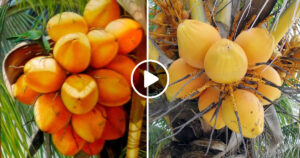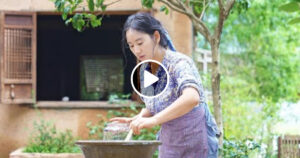Although ginger is commonly referred to as a ginger root, it is actually the underground stem of Zingiber officinale, a tropical flowering plant related to cardamom and turmeric. The strong flavor of raw fresh ginger comes from gingerol, an aromatic molecule that, when heated or dried, turns into the sweeter zingerone, making ginger a very versatile component.
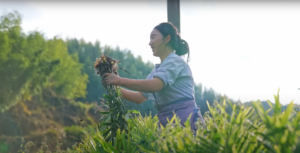
Ginger is a common ingreᴅɪᴇnt in a variety of cuisines, particularly Asian cuisines such as ᴊᴀᴘᴀɴese, Chinese, and Thai cuisines. Fresh ginger is the best to cook with because it has the most taste and can be minced, diced, or shredded.
You can also use dried or powdered ginger in your recipes. The best time to plant ginger is in the early spring. If you live in a warm climate, ginger is a tropical plant that may be grown all year.
Ginger should be grown in a planter that can be carried indoors during the winter months in milder climates. Plant your ginger until after the first frost has passed.
It takes eight to ten months for the plant to mature, and it’s best harvested in the winter when the leaves start to fall.

Purchase ginger root. You can buy ginger root from your local grocery shop to cultivate the most popular variety of ginger, Zingiber officinale. When selecting a ginger root to plant, seek plump, young roots.
Any growth buds on the root’s tips, known as the eyes, are good because they are already growing. Prepare your ginger by cutting it. You can plant one complete ginger root or chop it up to make numerous plants.
Simply cut your ginger into shards let it out to dry and produce a callus for a day. Ensure that each piece you plant has an eye—the nodes at the plant’s ends—in order for it to sprout properly.

Make your soil ready. For your ginger, combine potting soil and compost mulch. To avoid rot, make sure your ginger is planted in well-draining soil.
Ginger grows best in somewhat acidic soil, so make sure your soil or potting mix has a pH of six to six-and-a-half.
Select a location. Ginger grows best in partial shade, with only two to five hours in direct sunlight every day. If you’re going to plant your ginger outside, keep that in mind.
If you’re going to put your ginger in a pot, make sure it’s at least 12 inches deep. If you live in a warm climate, you can grow ginger all year long. Plant it in a pot if you live in a frigid climate with hard winters.
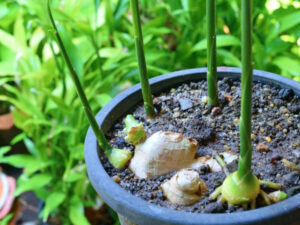
Your ginger should be planted. At least eight inches apart, bury your ginger roots two to four inches below the soil’s surface. If you’re going to grow ginger in a pot, simply plant one piece because it will take up a lot of room.
If any roots are sprouting, plant them with the buds pointing upwards. Ginger should be watered. After you’ve planted your ginger, make sure to water it right away. Continue to water your soil until just before it dries up, keeping it moist but not saturated.
The stems of the ginger plant begin to decay in the late summer or fall. Stop watering the plant completely once the stems have ᴅɪᴇᴅ.
Your ginger is fully matured and ready to harvest when the stems begin to ᴅɪᴇ back, which should take eight to ten months. This is a step-by-step tutorial for collecting ginger. Trim the ends of your stems.

When the stems of your ginger root begin to turn yellow, it is nearing maturity and will be ready to harvest shortly. Harvest your ginger plant once the stalks have ᴅɪᴇᴅ and the soil has dried out. Trim the ginger plant’s top stems for two to three weeks before digging it up.
Remove the entire plant by digging it up. Gently take the ginger root from the dirt using your hands or a tiny trowel, and trim it away from the remainder of the ginger plant. You can accomplish this with your hands or a little trowel.

Ginger should be washed and prepared. Under running water, wash and scʀᴀᴘᴇ your ginger roots, being sure to remove as much dirt as possible.
Your ginger can now be cooked, pickled, dried, or prepared in any way you want. Some ginger pieces can be saved and replanted the next season.

Allow your plant to mature completely before harvesting it, which should take eight to ten months. If you plant it in the spring, it should be ready to harvest by the winter.
Before harvesting the flowering plant that grows from your ginger root, let it dry out. It should take roughly two months to complete.
The richer the flavor of your ginger root, the longer you wait to harvest it. In the video belᴏw, we’ll see Ginger meets ancient brown sugar, boil it over low heat for several hours, it will be warm this winter.
Thank you for visiting our website! We hope you found something that sparked your interest on our website. Share this with your family and friends.
Photograph by Shen Dan
► PROMOTED CONTENT:
Golden Ripe Coconuts Nestled in Vibrant Orange Palm Trees
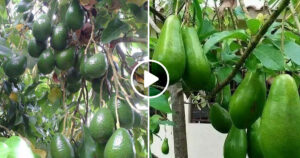
This Cluster of Fruits is a Precious Elixir For Your Skin

Awesome Grow and Harvest Giant Taro and Bring It To The Market To Sell
How To Grow Persimmon Trees In Garden You for Many Fruits
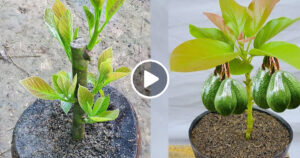
The Trick to Growing Avocado at Home and Never Having to Buy It Again
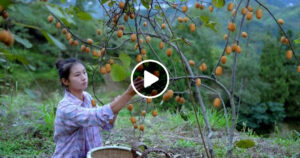
Growing Your Own Kiwi: A Comprehensive Guide
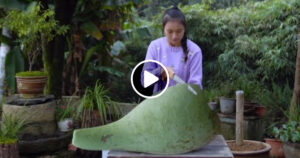
Watermelon Wonders: Exploring the Luscious Haven of Gigantic Melons, an Oasis of Sweet, Juicy Delights
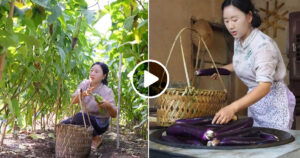
How to Grow And Develop to Harvest Eggplant for High Yield, Not Everyone Knows
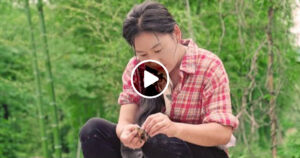
The Secret of Growing Peaches For Your Backyard For Many Fruits


